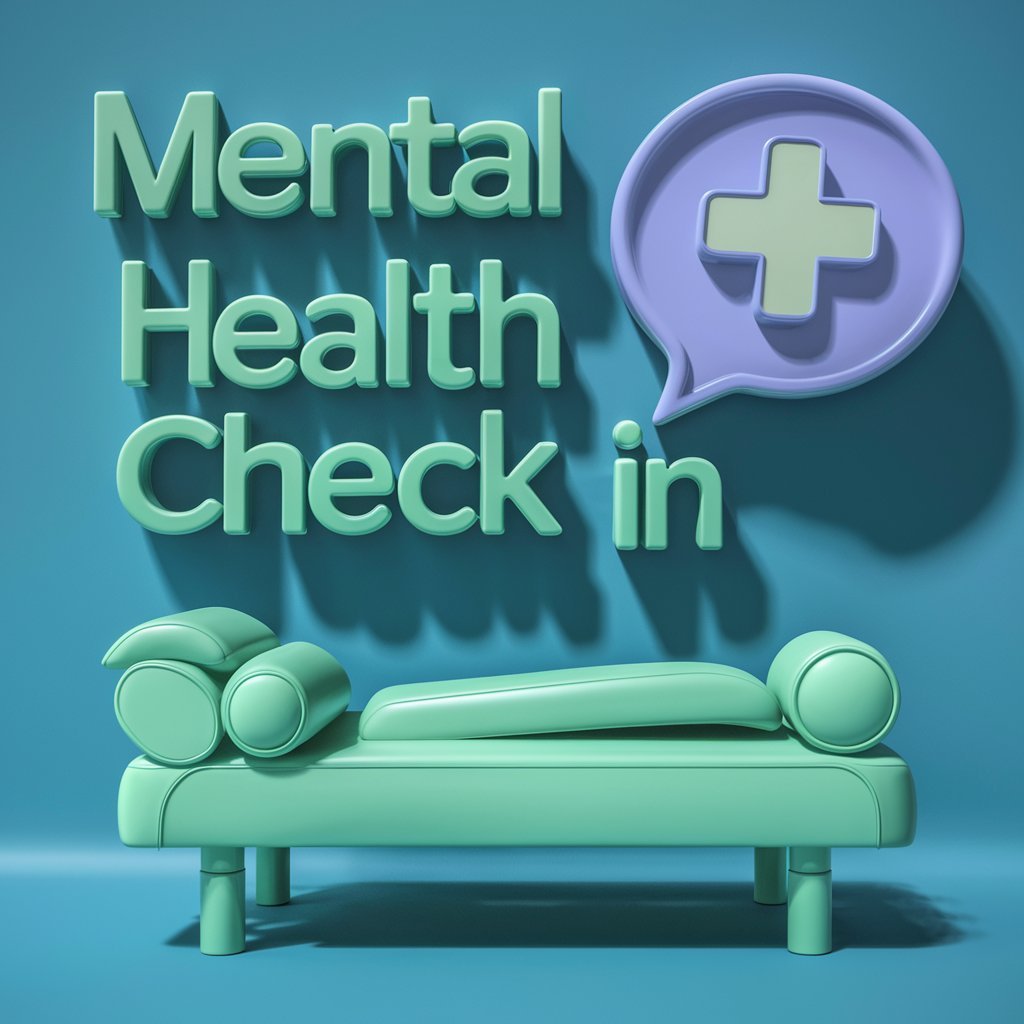Emotional distress is a common experience that many people face at some point in their lives. Whether it’s due to work stress, relationship issues, or other personal challenges, managing emotional distress is essential for overall well-being. While seeking professional help is important in some cases, there are also strategies that individuals can use to heal from within and cope with their emotions.
1. Practice Mindfulness
Mindfulness is a practice that involves being fully present in the moment and observing your thoughts and feelings without judgment. By practicing mindfulness, individuals can learn to accept their emotions and navigate them more effectively. Techniques such as deep breathing, meditation, and body scans can help individuals become more aware of their emotions and manage them in a healthy way.
2. Engage in Physical Activity
Physical activity has been shown to have a positive impact on mental health. Exercise releases endorphins, which are chemicals in the brain that act as natural painkillers and mood elevators. Engaging in regular physical activity, whether it’s going for a run, practicing yoga, or dancing, can help individuals reduce stress, anxiety, and depression. It also provides a sense of accomplishment and boosts self-esteem.
3. Connect with Others
Isolation can worsen emotional distress, so it’s important to connect with others and seek support when needed. Talking to friends, family members, or a therapist can provide individuals with a safe space to express their emotions and receive validation. Joining support groups or engaging in social activities can also help individuals feel connected and less alone in their struggles.
4. Engage in Creative Expression
Engaging in creative activities such as painting, writing, or playing music can be a therapeutic way to express emotions and process difficult experiences. Creative expression allows individuals to channel their emotions into something tangible and meaningful, providing a sense of release and catharsis. It can also help individuals gain insights into their feelings and develop new perspectives on their challenges.
Conclusion
Healing from within is a process that involves taking care of one’s emotional well-being and developing healthy coping strategies. By practicing mindfulness, engaging in physical activity, connecting with others, and engaging in creative expression, individuals can effectively manage emotional distress and promote overall well-being. It’s important to remember that seeking help from a professional is also a valid and important step in the healing process.
FAQs
1. How long does it take to heal from emotional distress?
The healing process for emotional distress varies from person to person and depends on the severity of the distress. It’s important to be patient and kind to yourself during this process. Seeking professional help and using healthy coping strategies can expedite the healing process.
2. What are some signs that I may need professional help for emotional distress?
If you’re experiencing intense emotions that are affecting your daily life, relationships, work, or overall well-being, it may be a sign that you could benefit from professional help. Other signs include persistent feelings of sadness, anxiety, hopelessness, or thoughts of self-harm. Seeking help from a therapist or counselor can provide you with the support and resources you need to heal and cope with your emotions effectively.





